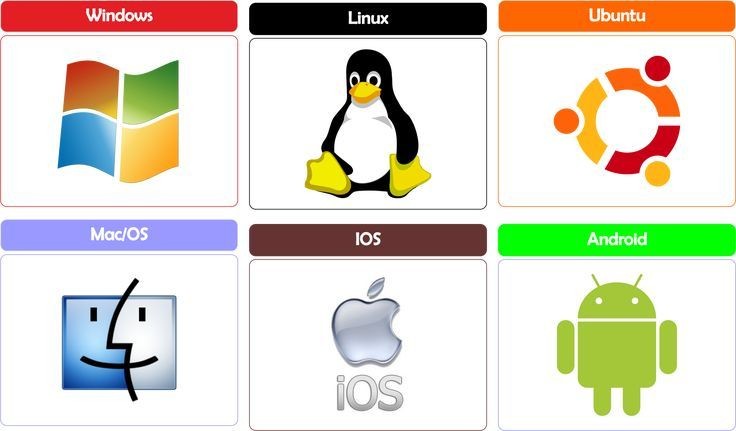Introduction
An Operating System (OS) is the backbone of any computer system, acting as an interface between hardware and software. It manages resources, executes programs, and ensures smooth communication between users and the computer. Without an OS, using a computer would be extremely difficult.
What is an Operating System?
An Operating System (OS) is a software program that controls and manages hardware and software resources in a computer system. It provides a user-friendly environment to execute applications and perform essential computing tasks.

Key Functions of an Operating System
1. Process Management – Handles execution of multiple processes efficiently.
2. Memory Management – Allocates and deallocates memory as needed.
3. File Management – Organizes, stores, and retrieves files.
4. Device Management – Manages hardware components like printers, hard drives, and keyboards.
5. Security and Access Control – Prevents unauthorized access to system data.
6. User Interface – Provides a graphical or command-line interface for user interaction.
Types of Operating Systems
Operating Systems are classified into various types based on their functionality and usage:
1. Batch Operating System
Processes tasks in batches without direct user interaction.
Example: IBM OS/360
2. Time-Sharing Operating System
Allows multiple users to access the system simultaneously.
Example: UNIX
3. Distributed Operating System
Connects multiple computers to work as a single system.
Example: Google’s Chrome OS
4. Real-Time Operating System (RTOS)
Processes tasks in real time for critical applications like medical devices.
Example: VxWorks, RTLinux
5. Network Operating System (NOS)
Manages networking functions and allows resource sharing.
Example: Microsoft Windows Server, Novell NetWare
6. Mobile Operating System
Designed for smartphones and tablets.
Example: Android, iOS
Popular Operating Systems
1. Microsoft Windows
Most widely used OS with a user-friendly interface.
Supports multitasking, gaming, and security features.
2. macOS
Developed by Apple, known for its stability and security.
Best suited for creatively professionals and designers.
3. Linux
Open-source OS, popular for servers and developers.
Provides high security and flexibility.
4. Android
Dominates the mobile market, developed by Google.
Supports millions of apps via Google Play Store.
5. iOS
Apple’s proprietary mobile OS, known for performance and security.
Exclusive to iPhones and iPads.
6.Ubuntu
Ubuntu is a popular open-source Linux-based operating system developed by Canonical Ltd.
Features of an Operating System
1. Multitasking – Runs multiple programs simultaneously.
2. Multi-user Support – Allows multiple users to use a single system.
3. Security & Protection – Provides password protection and encryption.
4. Networking Capabilities – Enables communication between devices.
5. Graphical User Interface (GUI) – Makes computing easier with icons and menus.
6. System Performance Monitoring – Optimizes system performance by managing resources.
7. Error Detection & Handling – Ensures smooth execution of tasks.
Importance of Operating Systems in Modern Computing
Improves Efficiency – Automates hardware management.
Enhances Security – Protects against malware and cyber threats.
User-Friendly Interface – Simplifies user interaction with computers.
Supports Application Software – Enables running of software like MS Office, Photoshop, etc.
Hardware Utilization – Optimizes CPU, memory, and storage use.
Future Trends in Operating Systems
AI-Powered OS – Advanced AI integration for automation and security.
Cloud-Based OS – Google’s Chrome OS is an example of this trend.
Virtualization Support – Running multiple OS on a single device.
Enhanced Security Features – Protection against cyber threats with advanced firewalls.
Voice-Controlled OS – Integration of voice assistants like Siri, Google Assistant, and Cortana.
Conclusion
An Operating System is the heart of any computing device. From basic file management to networking and security, it plays a crucial role in making computers functional and efficient.
Whether you use Windows, macOS, Linux, or Android, the OS ensures a smooth user experience. Understanding operating systems is essential for students and professionals aiming for a career in computer science and IT.
